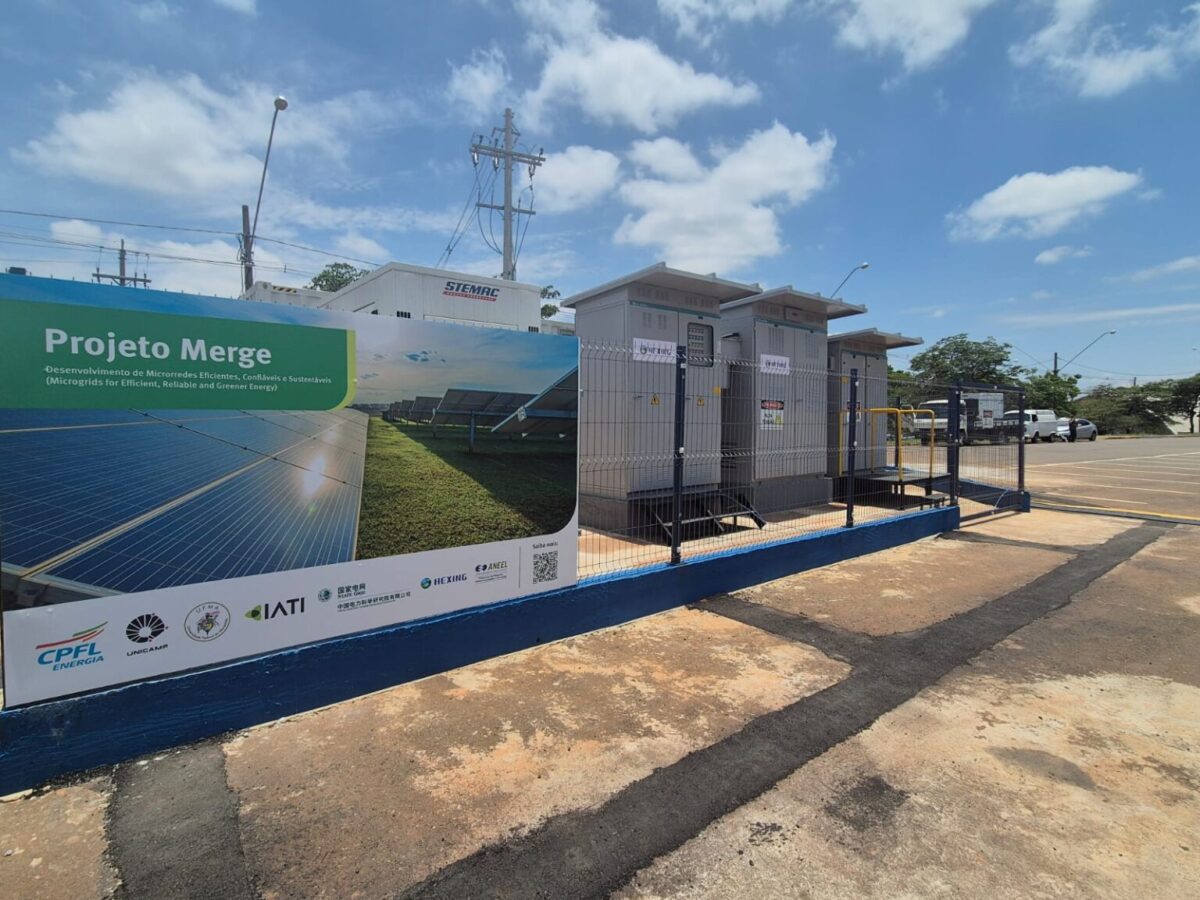
The State University of Campinas (Unicamp) has launched the CampusGrid microgrid on its Barão Geraldo campus in Campinas, São Paulo.
The facility integrates a 565 kW solare system with a 1 MW BESS, offering up to two hours of autonomy. In case of prolonged outages, a natural gas generator ensures 250 kVa until normal production resumes.
The BRL 45.3 million ($7.7 million) project, developed with CPFL Energia, is part of Brazil’s National Electric Energy Agency (Aneel) Research and Development Program. It brings together researchers from the Federal University of Maranhão (UFMA), the Advanced Institute of Technology and Innovation (IATI), and the China Electric Power Research Institute (CEPRI).
“The CampusGrid microgrid, the largest university-based microgrid in Latin America and the Caribbean, covers an area of 144,000 m² and combines innovative elements such as renewable and non-renewable energy generation, battery storage, smart metering and an autonomous control center that allows it to operate disconnected from the main grid,” said Unicamp Prof. Luiz Carlos Silva. “This ability to operate independently is especially crucial in cases of blackouts, increasing resilience to extreme weather events.”
The model boosts both sustainability and energy efficiency while delivering direct economic benefits. With PV generation alone, Unicamp expects to save around BRL 450,000 per year on its electricity bill.
“More than a local solution, CampusGrid is a living laboratory that allows us to validate technologies and expand horizons for future applications,” said Silva. “From isolated communities in the Amazon to sectors such as mining and irrigated agriculture, the potential for replication is vast and strategic.”
The microgrid powers facilities such as the Multidisciplinary Gymnasium, Physical Education College, and the Central César Lattes and Rare Works libraries.
CPFL Energia Group CEO Gustavo Estrella said that intermittency is the electricity sector's greatest challenge, one that must be addressed to integrate renewable energy generation sustainably.
“It is a great source of pride to see that we have managed to develop an economically viable technology to generate clean energy at an affordable cost, but we face the challenge of grid operation, which is the issue of intermittency,” said Estrella. “The world is working on this to find out how to sustainably maintain the growth of renewable generation, combined with the issue of energy security.”
The increased participation of intermittent sources like solar and wind requires initiatives that balance sustainability with energy security.
“Our mission is to have entire cities and countries running systems like the one we’re launching here, in a sustainable manner. We have high expectations for how we can contribute to global energy security,” said CPFL Energia CEO Gustavo Estrella.
CPFL’s Director of Strategy and Innovation, Bruno Monte, told pv magazine that technology can help integrate distributed generation into the grid.
“This project that we are launching today is the largest pilot of its kind. It is something new, but it does have the potential to help, in the coming years, both Brazil and all countries, to integrate distributed generation in a more adherent way, both for grid operations and for delivering energy to customers,” Monte said. “So, without a doubt, this is a technology that should help with this in the medium term.”